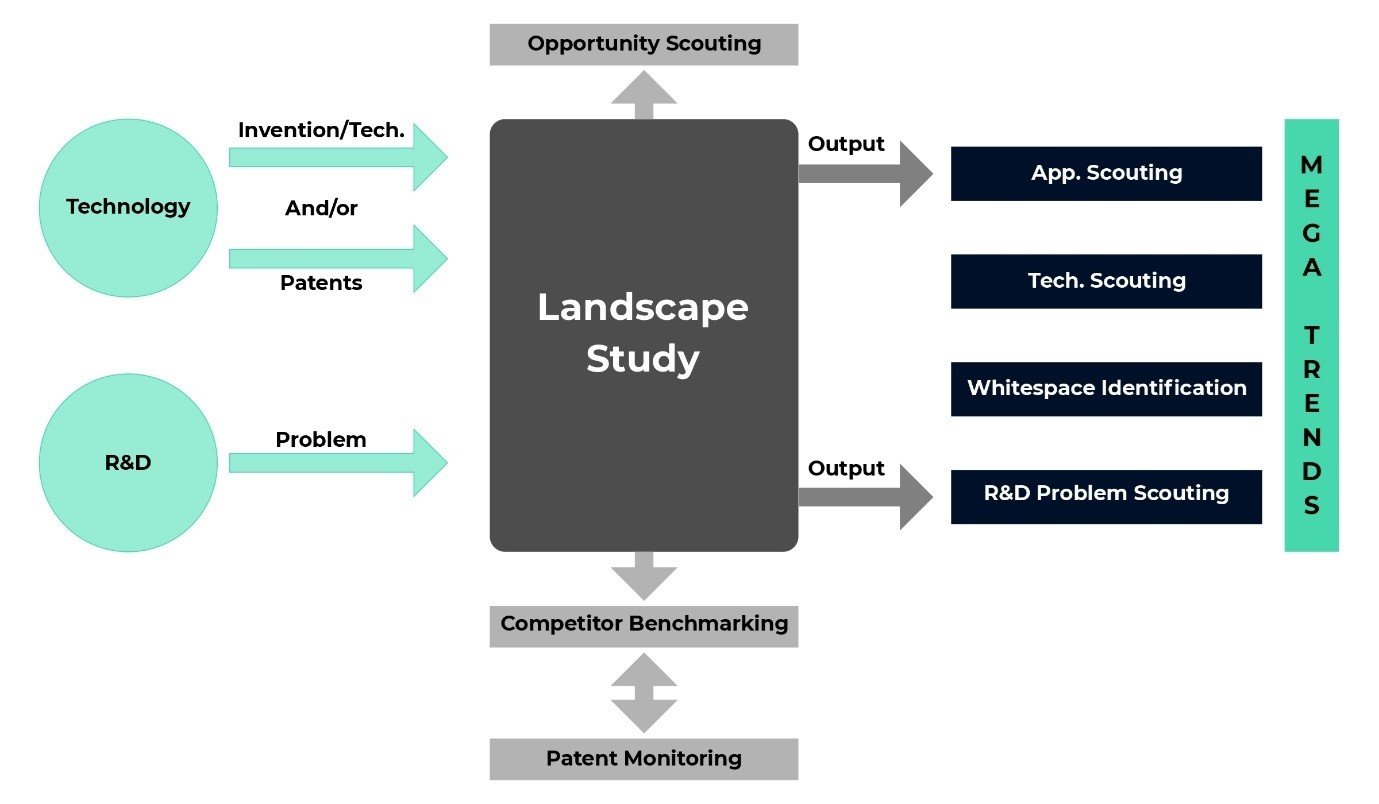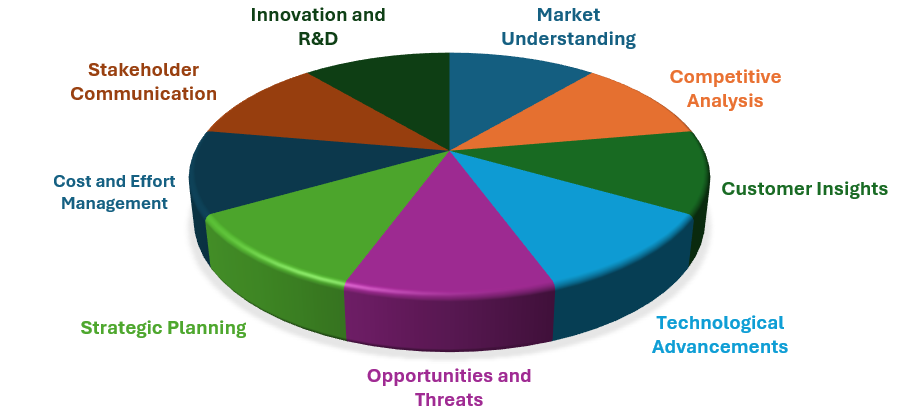Part I: Short-term Vs. Long-term IP Landscape Analysis and How to Select the Optimal Time Scope
April 28, 2025
best practices intellectual property
The martial maxim ‘time spent on reconnaissance is seldom wasted’ is equally pertinent to the field of intellectual property (IP). Consider the IP Landscape Analysis, a strategic tool used to analyse patent data and uncover business, scientific, and technological trends within a specific field or industry. It involves identifying and examining patents relevant to a particular area of interest to gain insights into the IP landscape. A well-conducted landscape study can reveal the current state of technology, emerging trends, key players, potential competitors, and untapped areas for innovation.
Individuals, companies, and organisations often rely on landscape studies to guide their research and development strategies, competitive positioning, licensing decisions, and overall business strategy. It also provides a deeper understanding of the patent ecosystem, helping to identify risks and opportunities.
Selecting the right time scope—short-term or long-term—is essential for ensuring the study’s focus, depth, and relevance. The chosen time frame influences the type of insights gained and the strategic decisions that follow.
Why IP Landscape Analysis Matters: Uncovering Strategic Insights
In today’s fast-paced technological environment, staying ahead of the competition requires more than just innovation—it demands strategic foresight and informed decision making. Landscape studies provide the insights needed to navigate complex markets and make data driven decisions.

Figure 1: Actionable Insights from IP Landscape Analysis
Risk Management: A clear understanding of the patent landscape allows companies to assess potential infringement risks and avoid conflicts with existing patents. It also helps in building a strong IP strategy to protect their innovations.
Decision Support: Whether for product development, market entry, or investment decisions, landscape studies provide actionable insights that align business strategies with market trends and technological developments.
Innovation Opportunities: By analysing technological trends and existing patents, landscape studies help R&D teams identify white spaces—areas with limited patent activity—presenting opportunities for novel inventions and breakthrough innovations.
Key Objectives in IP Landscape Analysis
An IP landscape study serves multiple strategic purposes, helping businesses and researchers make informed decisions. The objectives of such a study can range from understanding market trends to optimising innovation strategies. Below are some of the key objectives:

Figure 2: Objectives of Conducting a Landscape Study
Long-term vs. Short-term Analysis: A Tale of Two Approaches
The scope of a landscape study—whether short-term or long-term—depends on the study’s objectives and the desired depth of analysis. Each approach offers distinct advantages and limitations, influencing the type of insights and strategic decisions that follow.
Short-term Landscape Study: Short-term landscape analyses patents filed within a relatively recent timeframe, typically covering the past few years. This approach provides a focus on the latest innovations, emerging technologies and competitive activities in the immediate present. They require relatively lesser time, resources and are suited for immediate strategic planning and response to recent market changes, although, they may not capture long-term evolution of technologies and trends, and lead to findings and decisions that do not have a lasting impact.
Long-term Landscape Study: Long-term landscape studies capture the evolution of technologies over extended periods, providing insights into enduring trends, technological trajectories, and key milestones. Consequently, they help identify both foundational and disruptive innovations that have shaped or could shape the industry’s future. These studies also provide a deeper understanding of the foundations of today’s technologies, supporting long-term planning and investment. This helps businesses build a more sustainable competitive advantage. However, long-term studies are resource intensive as they require analysis of larger and complex data, and the time taken in the process may reduce the immediacy of decision-making compared to short-term studies.
Often, a critical decision researchers face is determining the date restriction-whether to focus on short-term or long-term analysis, as it plays a significant role in the depth, scope and relevance of the insights gained.
In Part II of this series, we will examine the differences between the two approaches and the depth and relevance of the insights each provides, with an eye to better understand the strategic implications of choosing one over the other.
Back to Expertise




